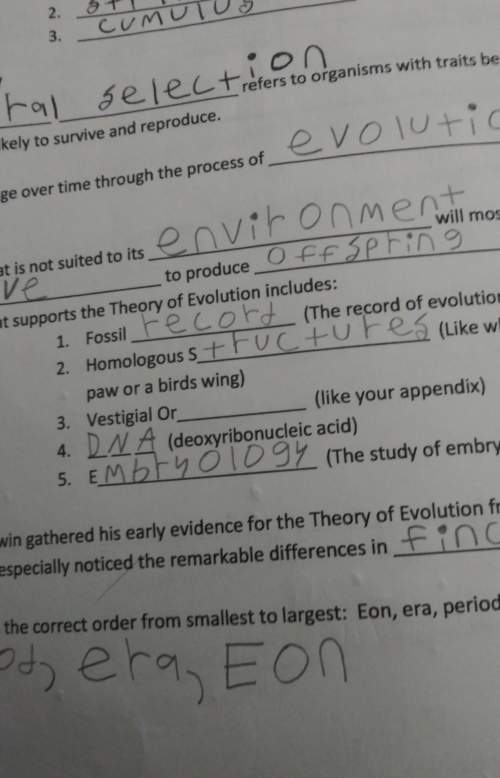
Electrostatic precipitators use electric forces to remove pollutant particles from smoke, in particular in the smokestacks of coal-burning power plants. One form of precipitator consists of a vertical, hollow, metal cylinder with a thin wire, insulated from the cylinder, running along its axis (Figure 1). A large potential difference is established between the wire and the outer cylinder, with the wire at lower potential. This sets up a strong radial electric field directed inward. The field produces a region of ionized air near the wire. Smoke enters the precipitator at the bottom, ash and dust in it pick up electrons, and the charged pollutants are accelerated toward the outer cylinder wall by the electric field. Suppose the radius of the central wire is 86.0 μm, the radius of the cylinder is 14.0 cm, and a potential difference of 50.0 kV is established between the wire and the cylinder. Also assume that the wire and cylinder are both very long in comparison to the cylinder radius.
What is the magnitude of the electric field midway between the wire and the cylinder wall?
What magnitude of charge must a 34.0 μg ash particle have if the electric field computed in part A is to exert a force ten times the weight of the particle?

Answers: 2
Another question on Physics

Physics, 22.06.2019 10:00
Because air contracts as it cools, the air pressure inside a freezer is typically lower than on the outside. why do ice cubes inside a freezer tend to shrink over time? a. the ice dissolves oxygen from the air, forming a denser crystalline matrix.b. the ice reacts chemically with carbon dioxide in the air, forming gaseous carbon compounds.c. the ice melts, and then the liquid freezes as ice crystals on the bottom of the freezer.d. the ice sublimes, and then the water vapor deposits as ice crystals on the sides of the freezer.
Answers: 1

Physics, 22.06.2019 12:50
Assume you measured the mass of the cart to be (500 ± 1) g and the mass of the additional mass you put on the cart to be (500 ± 1) g as well. since the scale you are using in the lab cannot measure objects heavier than 600g you will have to sum up individual pieces and propagate the error. so what would be the mass and the standard error of the cart and the mass
Answers: 3

Physics, 22.06.2019 14:40
How does an observation about an object differ from an inference about that object
Answers: 1

Physics, 22.06.2019 20:20
An electron is trapped at a defect in a crystal. the defect may be modeled as a one-dimensional, rigid-walled box of width 1.00 nm. (a) sketch the wavefunctions and probability densities for the n 1 and n 2 states. (b) for the n 1 state, nd the probability of nding the electron between x1 0.15 nm and x2 0.35 nm, where x 0 is the left side of the box. (c) repeat (b) for the n 2 state. (d) calculate the energies in electron volts of the n 1 and n 2 states
Answers: 1
You know the right answer?
Electrostatic precipitators use electric forces to remove pollutant particles from smoke, in particu...
Questions

History, 10.03.2021 21:50


Mathematics, 10.03.2021 21:50

Mathematics, 10.03.2021 21:50


Mathematics, 10.03.2021 21:50

English, 10.03.2021 21:50


Mathematics, 10.03.2021 21:50

Social Studies, 10.03.2021 21:50


Mathematics, 10.03.2021 21:50


Chemistry, 10.03.2021 21:50

Mathematics, 10.03.2021 21:50

Mathematics, 10.03.2021 21:50


Physics, 10.03.2021 21:50


Mathematics, 10.03.2021 21:50




